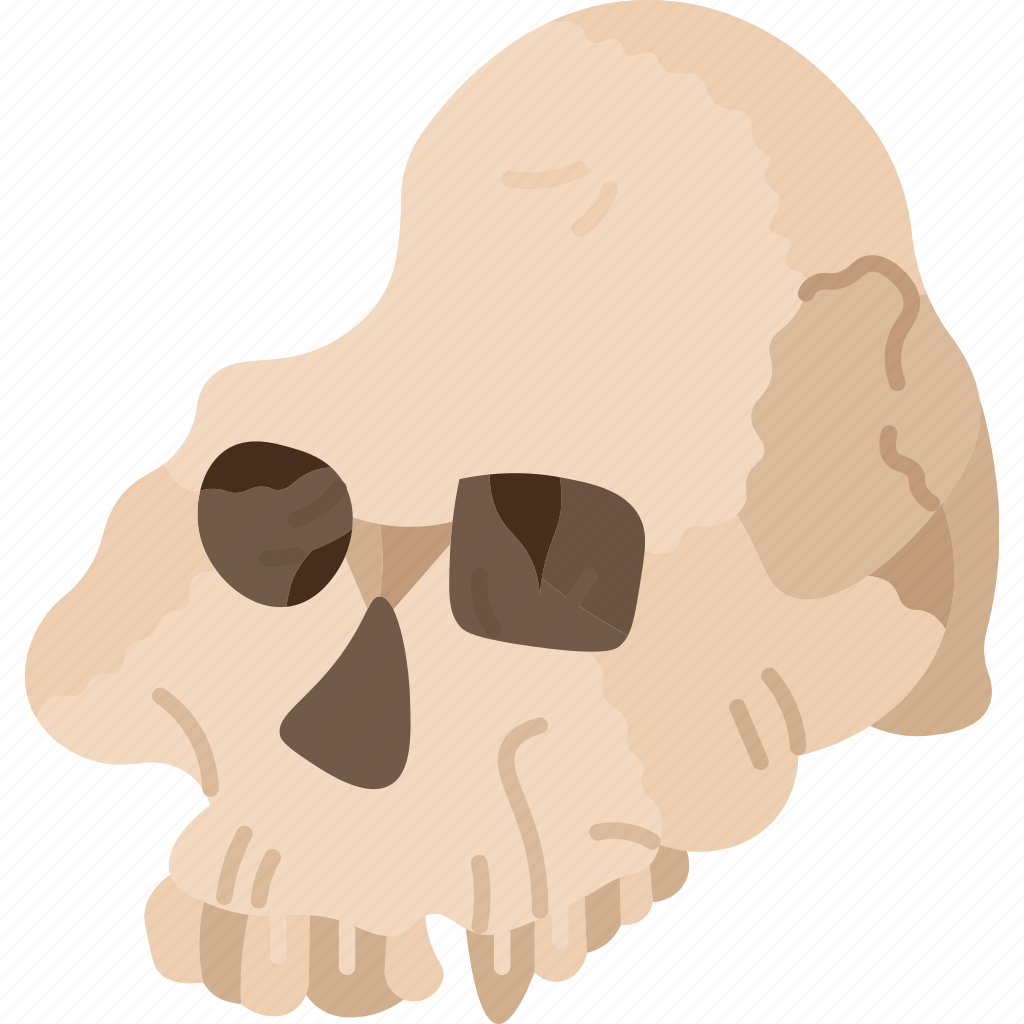

I feel like “nearly life-sized” means they were scaled down, and not just short. They don’t have the remains, but they know the average heights of people from the same time and place.
Also, per Wikipedia:
… relief carving is a type in which figures or patterns are carved in a flat panel of wood… The figures project only slightly from the background rather than standing freely
Based on these being slightly more three dimensional, I probably would also have called them statues. I am not an archeologist though, so you may be on to something.





Saying “short people” is waaaaay different than “nearly life-sized”. There is more to size than height. Proportions matter too. Shorter people aren’t also narrower, for example. It makes sense to me, but if they said they found statues of short people I wouldn’t get the same vibe.
I agree that people aren’t all the same height, but there are averages to go off. That’s why things like chairs and doorways work for most people.
The more I look at the photos the more I think they are indeed statues. There is a big ol’ void beneath the dude that suggests he’s standing on dirt, and not carved from a stone that was originally there. They also seem to be two different statues that were placed side by side. You can see a seam in between them. I suspect that they were carved separately, but with the “wall” structures around them with the intent to be put in an alcove or something.
At the end of the day though, this is all kind of petty and overly semantic. I don’t think this was written by AI, and you do. A sample size of 2 isn’t all that great. I just wanted to share some neat stone carving things that were found in Pompeii, not debate about the grammar of the article.